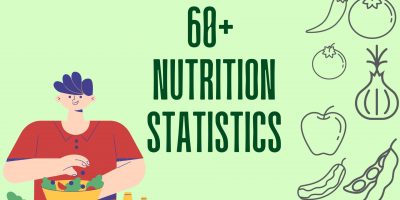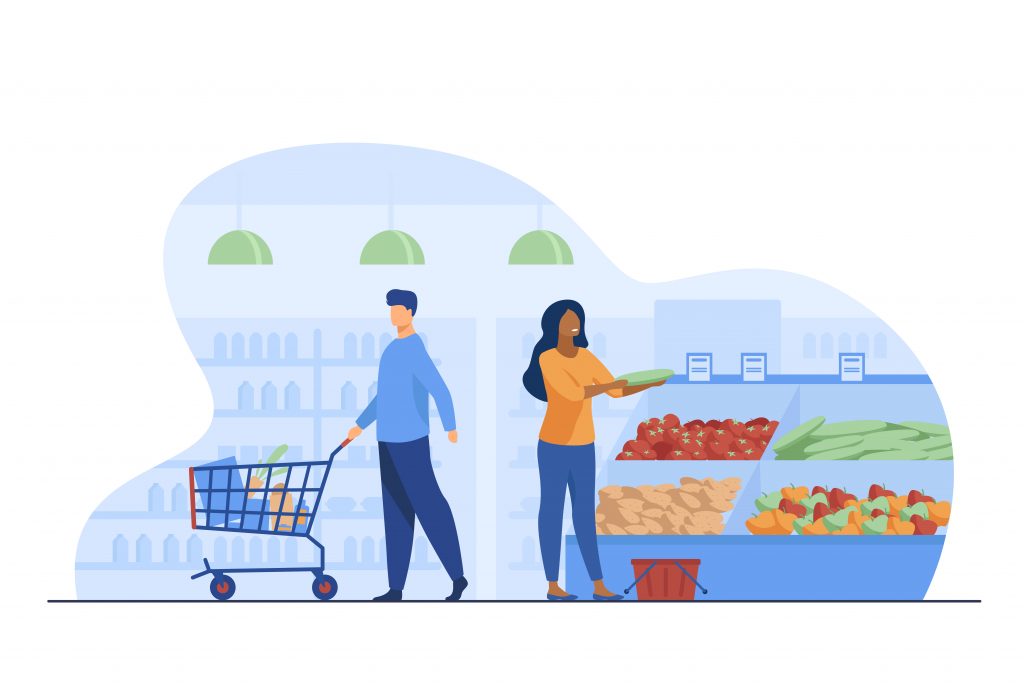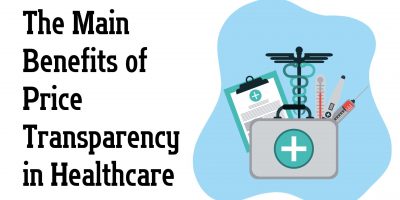
60+ Nutrition Statistics
From the prevalence of obesity to sodium intake and children’s nutrition -explore over 60 nutrition statistics, shedding light on the impact of dietary habits on health and well-being.

The definition of healthy eating has been redefined over the years. Even though the amount of conflicting diet advice can be confusing, the fundamentals remain the same. A balanced diet can have significant benefits and improve both longevity and quality of life. Below are some of the latest nutrition trends, stats, and facts.


A nutritious diet is crucial to the emotional and mental health, as well as physical wellbeing. It is never too late to change your eating habits and improve your mood, how you feel and how you look.
Browse our curated list of vendors to find the best solution for your needs.
Subscribe to our newsletter for the latest trends, expert tips, and workplace insights!

From the prevalence of obesity to sodium intake and children’s nutrition -explore over 60 nutrition statistics, shedding light on the impact of dietary habits on health and well-being.

How can organizations and patients adapt to the shift toward consumer-centric pricing transparency?

Revolutionize your understanding of healthcare with telemedicine statistics, offering insights into the transformative impact of virtual care on patient satisfaction, accessibility, and the future of healthcare delivery.

The effects of cancer and cancer treatment on a person can range from mildly debilitating to severely incapacitating. But would that qualify them as disabled, and is cancer considered a disability under the ADA?
Used by most of the top employee benefits consultants in the US, Shortlister is where you can find, research and select HR and benefits vendors for your clients.
Shortlister helps you reach your ideal prospects. Claim your free account to control your message and receive employer, consultant and health plan leads.